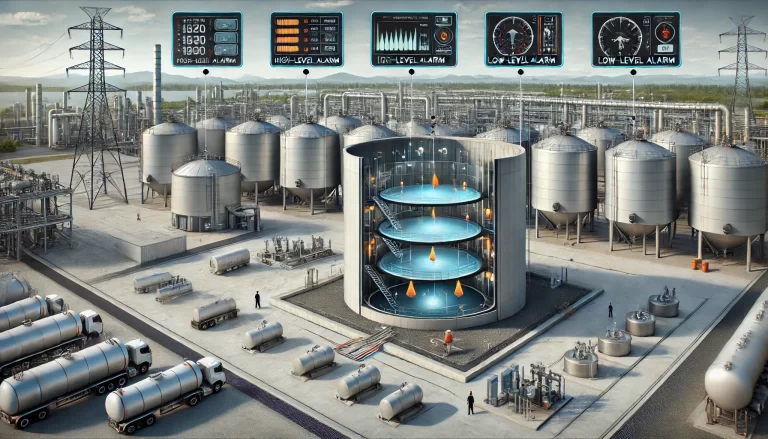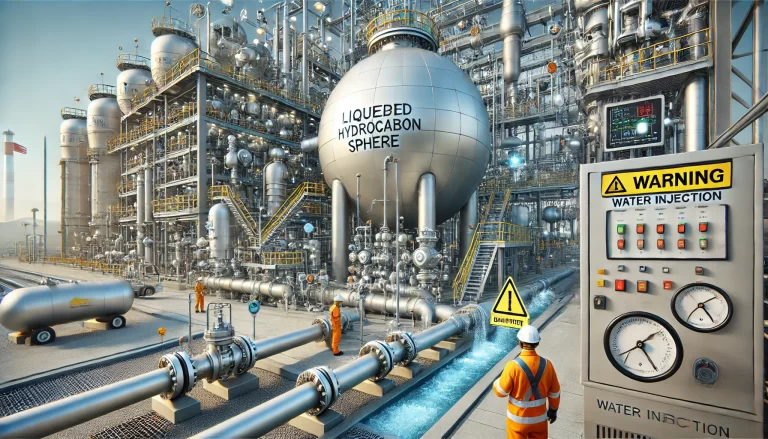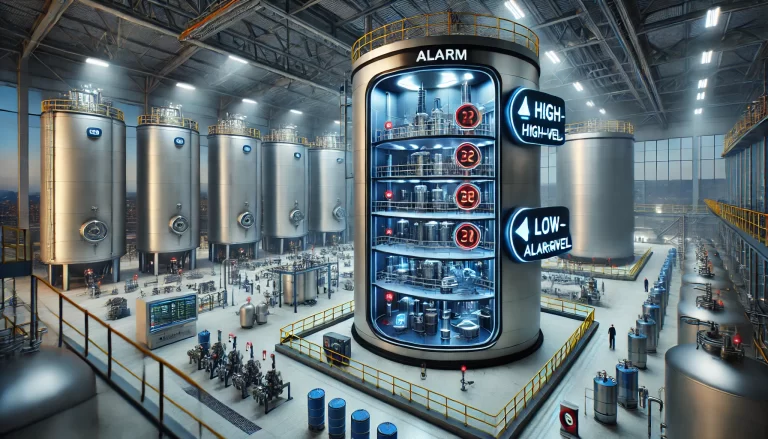In industrial processes, separator tanks are essential equipment responsible for liquid separation and storage. Effective liquid level control in these tanks is crucial for ensuring operational safety and equipment reliability. Particularly for separator tanks positioned at the inlet of critical processing units, improper control of liquid levels can have severe consequences, including irreversible damage or complete loss of the entire processing unit. To mitigate these risks, liquid level control systems must incorporate high redundancy and flexibility, such as adding redundant liquid level sensors and separating interlock systems from automatic valve regulation. This article explores in detail why these specific design strategies are essential and how they effectively prevent potential equipment failures.

Risks Associated with Low Liquid Levels
Maintaining proper liquid levels in separator tanks is vital for the safety and functionality of downstream equipment. When liquid levels drop below safe operating limits, the following severe issues may arise:
Gas Intrusion into Equipment: Low liquid levels may allow gases from the tank bottom to enter downstream equipment, such as compressors and pumps. Gas intrusion can cause equipment damage, reduced efficiency, or operational failure.
Equipment Dry Running and Overheating: Many industrial processes require strict control over liquid flow and levels. If liquid levels fall too low, equipment downstream may run dry or overheat, causing permanent damage or complete failure. Persistent dry-running conditions significantly elevate the risk of irreversible equipment breakdown.
Production Interruptions: Insufficient liquid levels destabilize the operational efficiency of the separator tank itself, potentially leading to unstable production or complete halts in the production line.

Risks Associated with High Liquid Levels
Excessively high liquid levels in separator tanks also pose considerable threats, including:
System Overpressure: Elevated liquid levels may cause internal pressures to exceed the tank’s design limits, imposing excessive stress on equipment and risking mechanical failure or damage.
Overflow and Flow Disruption: Excessive liquid levels can lead to overflow situations, causing liquids to enter unintended pipes or equipment. Such events can result in pipeline blockage, disturbed flow regulation, or production stoppages.
Process Instability: High liquid levels negatively impact overall process stability, increasing the likelihood of equipment malfunctions and maintenance costs.
The Necessity of Redundant Design and Independent Control Systems
To effectively manage the risks posed by both excessively high and low liquid levels, liquid level control systems should incorporate enhanced redundancy and operational flexibility. This includes:
Redundant Liquid Level Sensors: Installing multiple liquid level sensors in separator tanks significantly reduces the risk associated with sensor failure or inaccurate readings. If one sensor malfunctions or provides erroneous data, other functioning sensors continue to supply accurate level information, ensuring consistent monitoring and reducing operational risk.
Separating Interlock Systems from Automatic Valve Regulation: Interlock systems and automatic valve regulation systems serve distinct functions in liquid level control. The interlock system activates emergency shutdown measures when critical thresholds are reached, preventing immediate damage. In contrast, the automatic valve regulation system continuously adjusts valve positions to maintain levels within safe operating parameters. Separating these systems prevents potential conflicts or interference, enhancing the system’s responsiveness and operational flexibility.
Enhanced Safety and Flexibility: Incorporating redundancy and independent system operation provides multiple protective layers during abnormal conditions. For example, when a sensor fault occurs, the redundancy ensures continued accurate monitoring, while independent control systems enable rapid, precise responses to any liquid level anomalies, significantly enhancing safety and reliability.

Conclusion
The design of liquid level control systems in separator tanks directly impacts the safety and stability of industrial processes. Improper management of liquid levels, whether excessively low or high, can result in catastrophic equipment failures and substantial economic losses. By integrating redundant liquid level sensors and clearly separating interlock and automatic valve control systems, industries can significantly enhance system reliability, ensure uninterrupted production, and prevent severe equipment damage. As industrial requirements for safety and stability continuously evolve, optimizing liquid level control designs with redundancy and independent operation must become standard practice to protect critical equipment and maintain production continuity.
